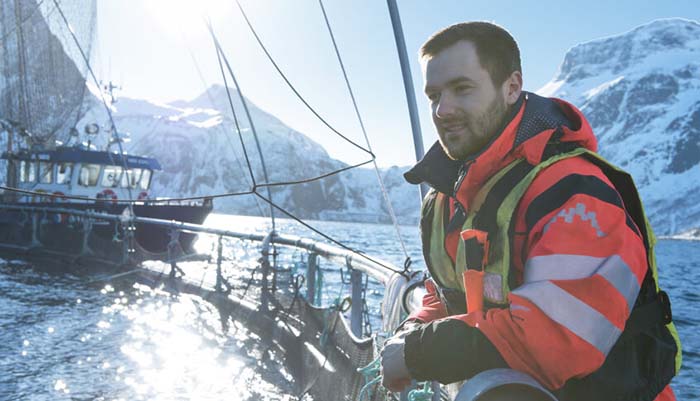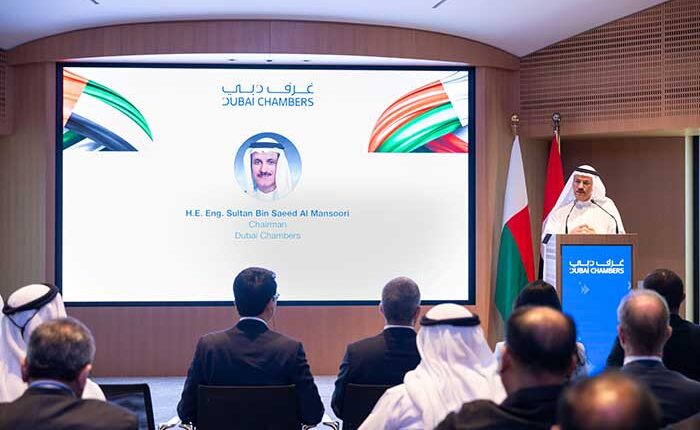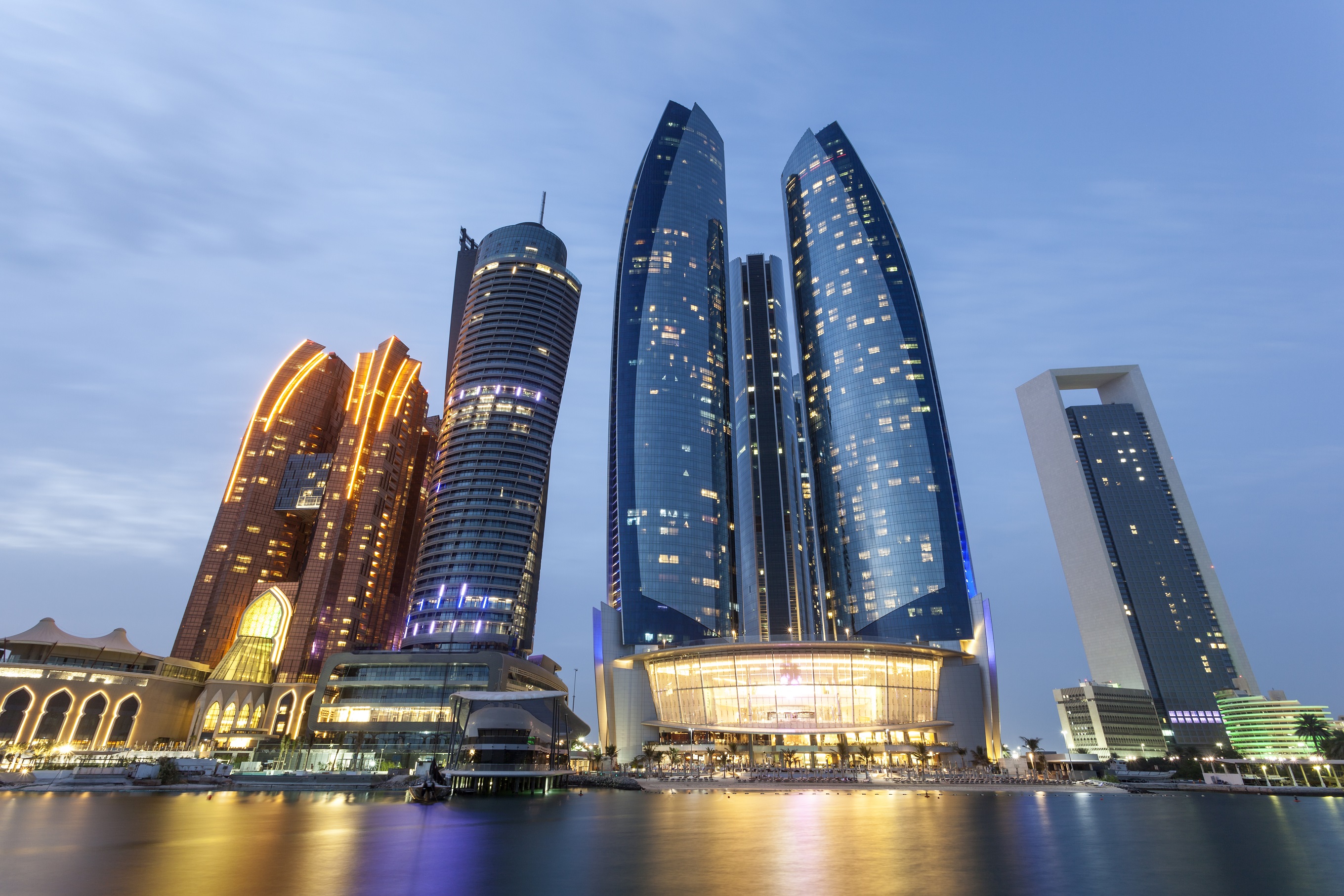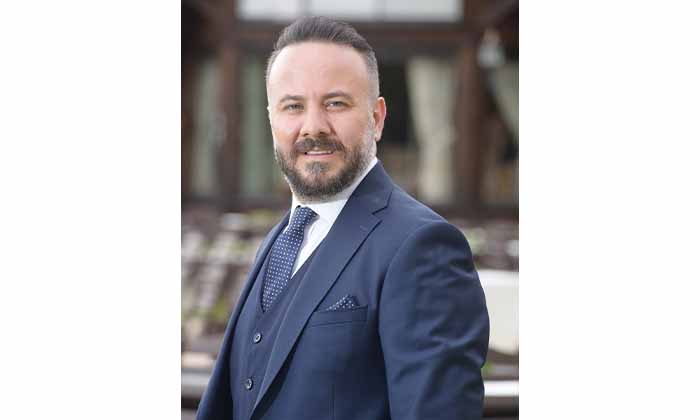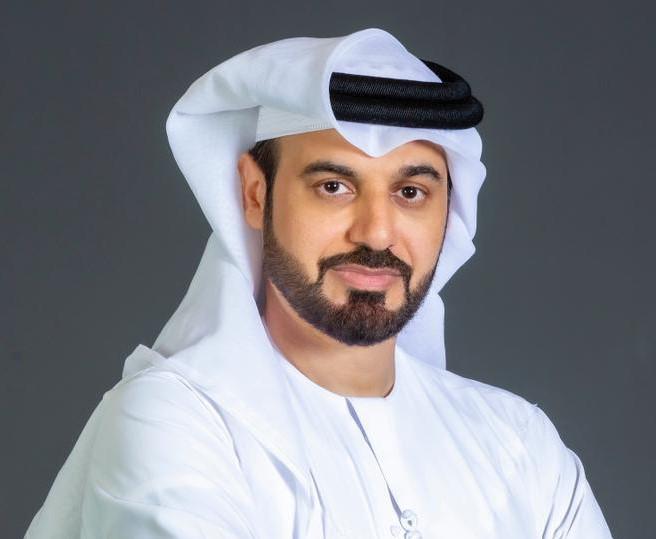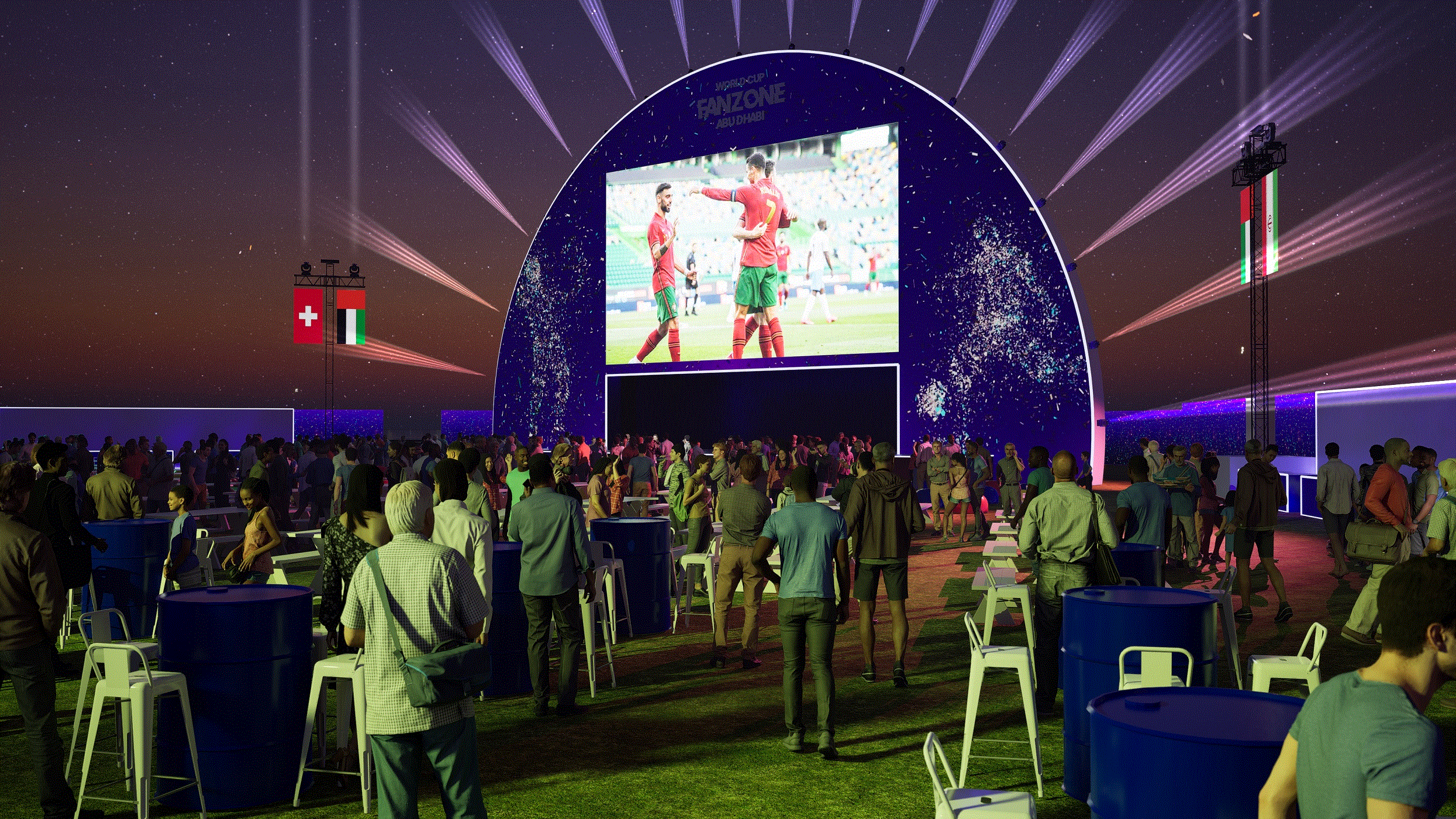In 1971, just over 50 years ago, the world’s first successfully farmed salmon was harvested by the Grøntvedt brothers off the coast of Norway.
In 1986, only 15 years later, raw Norwegian salmon was introduced to Japan’s sushi market.
Today, Norwegian salmon is the most preferred fish in the world – with exports to over 100 countries and 14 million meals eaten daily.
Norway’s aquaculture industry, despite its humble beginnings, has drastically developed in the years since that first salmon farm. The country is now the second largest exporter of seafood and is solely responsible for over half of the world’s farmed Atlantic salmon. Its success as a leading supplier continues to be marked by increasingly strong trade connections and a growing demand for premium Norwegian seafood.
Norwegian Seafood Council credits the country’s resources, scientific knowledge, and long-standing traditions for the ongoing success of its pink fish exports. It also highlights Norway’s stunning natural landscape – including its long coastline, clear waters, and stable, cold fjord temperatures – which creates the perfect environment for year-round breeding and farming efforts and warrants the high quality of Atlantic salmon.
Norway’s unique environmental conditions continue to play a critical role in the delivery of fresh, healthy salmon and are foundational to the country’s international status as a world-class seafood supplier. This has proven significant in places like the United Arab Emirates, where a shift towards healthier living, increased sushi consumption, and a regional appreciation for food safety have driven demand for premium salmon products from trustworthy sources.
The Norwegian Seafood Council (NSC), a partner that works closely with Norway’s aquaculture industry to increase the value of Norwegian seafood worldwide, recently marked 25 years as a supplier to the UAE. Over the past two decades, the synergy between supply and demand of the Norwegian and Middle Eastern markets has resulted in more Norwegian salmon being exported to the UAE and Saudi Arabia, with popularity continuing to rise in the wider MENA region.
The NSC’s 25-year history of exporting to the UAE dates to 1998, with a 200-tonne shipment of salmon, and has grown to see over 40 million meals brought to the UAE – with almost three times as many being delivered to surrounding countries. A pioneer in salmon production, Norway continues to elevate the standard of aquafarming in international spaces, boasting a calibre of seafood that remains unmatched by other players in the industry.
The Norwegian aquaculture industry affects more than just salmon farming and exports, though – it contributes to the livelihoods and activities in Norway’s coastal communities. According to Seafood from Norway, every 10 core jobs in Norwegian fisheries create eight jobs in other sectors – and for every NOK
of value generated in the fisheries, 3.5 NOK are generated in other sectors. This is especially true in Northern Norway, where towns are isolated, and aquaculture is the backbone of Arctic village life. The industry creates ripple effects that revive Norway’s fishing communities and, on a larger scale, stimulate local and international economic growth.
As the need for aquafarming grows around the world, Norwegian expertise is being increasingly sought out to inform the methods used and directions taken. Norway has remained at the forefront of innovation in the field through the adoption of strict guidelines to protect marine life, close monitoring of water conditions, and the development of intricate infrastructures to support the rising demand for Norwegian salmon. The Norwegian aquaculture industry continues to evolve as modern techniques are introduced, creating avenues to explore farming of other local species, like Norwegian cod and halibut.
